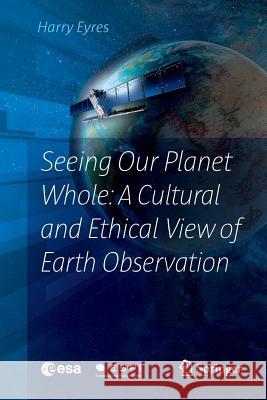Seeing Our Planet Whole: A Cultural and Ethical View of Earth Observation » książka
topmenu
Seeing Our Planet Whole: A Cultural and Ethical View of Earth Observation
ISBN-13: 9783319821351 / Angielski / Miękka / 2018 / 136 str.
Kategorie:
Kategorie BISAC:
Wydawca:
Springer
Język:
Angielski
ISBN-13:
9783319821351
Rok wydania:
2018
Wydanie:
Softcover Repri
Ilość stron:
136
Waga:
0.22 kg
Wymiary:
23.39 x 15.6 x 0.84
Oprawa:
Miękka
Wolumenów:
01
Dodatkowe informacje:
Wydanie ilustrowane











